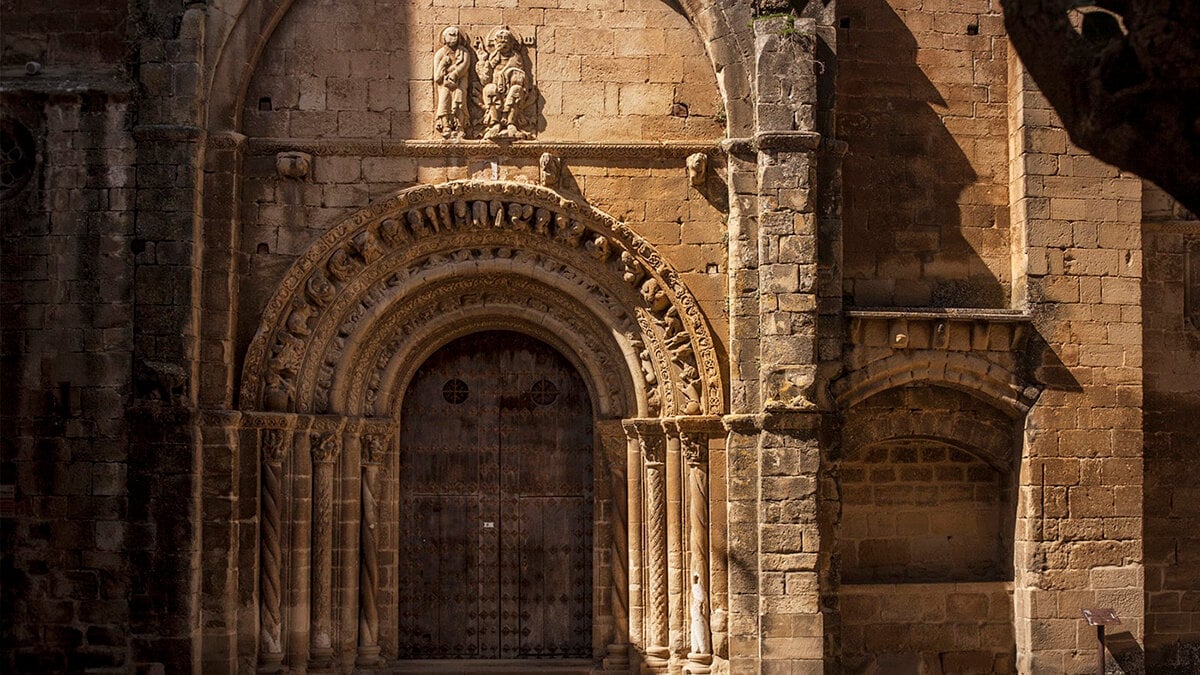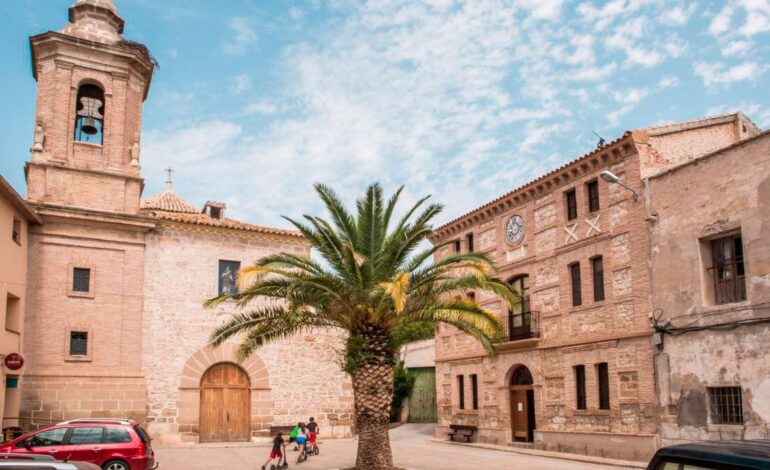
This little town of Zaragoza keeps a 16th -century mill and Arab ruins next to the Ebro
Not all peoples can boast of conserving so clearly the legacy of their origin. Located in one of the great meanders of Ebro, this town of the Ribera Baja del Ebro It keeps part of its original Arab layout. Its narrow streets and its well -careful urban center reflect a historical structure. On a hill, the remains of a castle still visible reinforce its defensive past and offer an open overview of the valley.
With just over a hundred inhabitants, Alborge retains a 16th -century flour mill next to a Noria and a small azud. This old water use system, which still maintains its wheel and part of the original machinery, was used to grind grain using the strength of the river. It is one of the best preserved examples of traditional hydraulic heritage in the province.
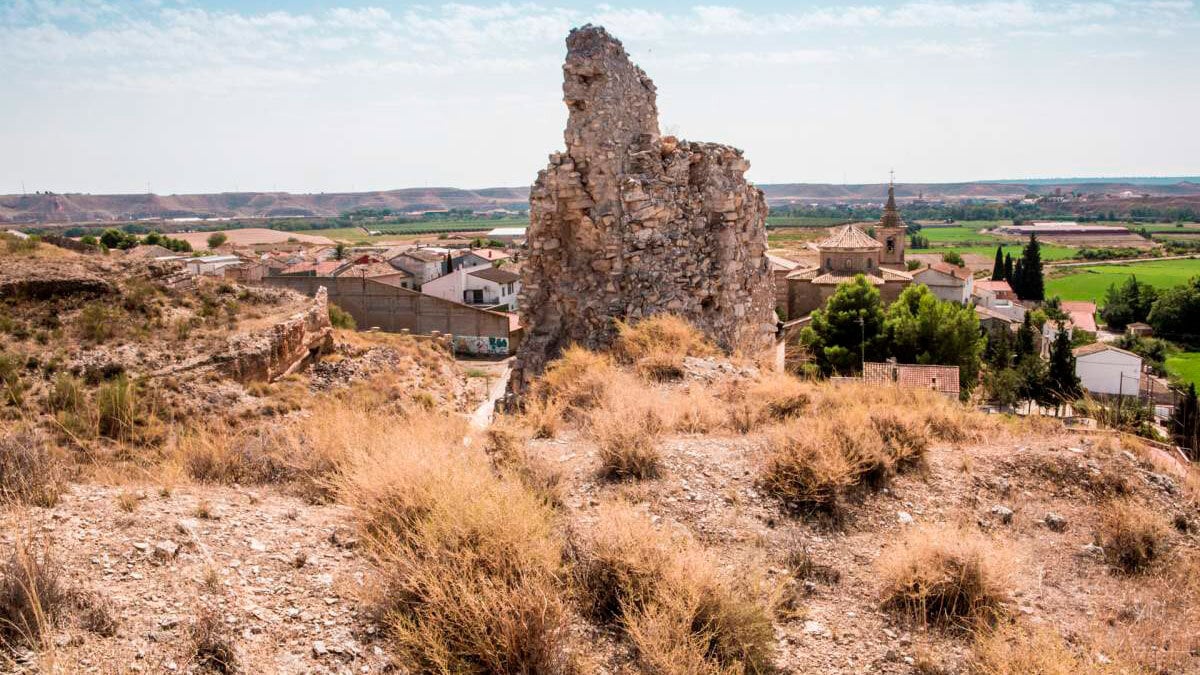
This place is an ideal destination for a rural getaway
This town of Saragossa It is ideal for a rural getaway, everything in Alborge can be traveled on foot and for free. Tradition, landscape and heritage join in this unique corner of the province.
A flour mill with more than 300 years old
What to do and what to do in Alborge
A flour mill with more than 300 years old
Alborge’s flour mill is one of the most valuable elements of the town. Built in the 16th century and recently restored, it is part of a traditional hydraulic set with Azud and Noria. It retains part of its original machinery and a large grinding wheel. The visit to the mill is free, but requires prior appointment at the City Council of Alborge and is held in a group. It is open for school and family visits, especially in spring and autumn.
To get to him, you can follow a marked path that runs through the Ebro banks, between Soto trees and cultivation fields. The road, about 2 kilometers up to five olives, crosses the historic boat pass that for centuries communicated both shores. It is ideal for walking, taking photos or simply enjoying the tranquility of the environment. The route has no difficulty and can be done with children.
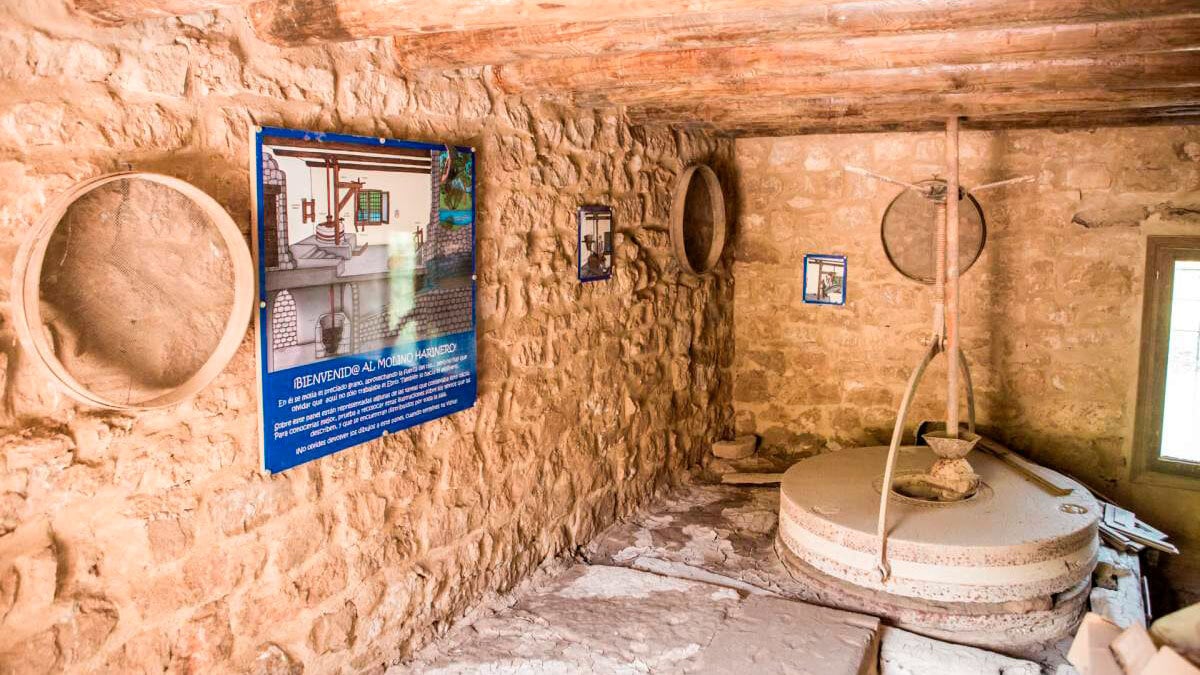
Alborge’s flour mill is one of the most valuable elements of the town.
What to do and what to do in Alborge
In addition to this mill, Alborge presumes to have a lot of visible heritage in less than a day.
Mirador de Las Tres Aguas and La Mejana
The viewpoint of the three waters offers one of the best views of the Ebro as it passes through Alborge. From this point, the ancient Azud of the mill, the derivation channel and the river island known as La Mejana, a natural enclave of great ecological value. Access to the viewpoint is free and free, and can be easily arrived from the center of the town in about 10 minutes.
The Mejana is an island in the middle of the river, formed by sediments and riverside vegetation, and is an excellent place to observe birds. Although direct access to foot is not allowed (for conservation reasons), it can be seen from the viewpoint or during the walk along the river path. In spring and autumn, the variety of fauna and the Ebro landscape make it a very frequented point by nature photographers.
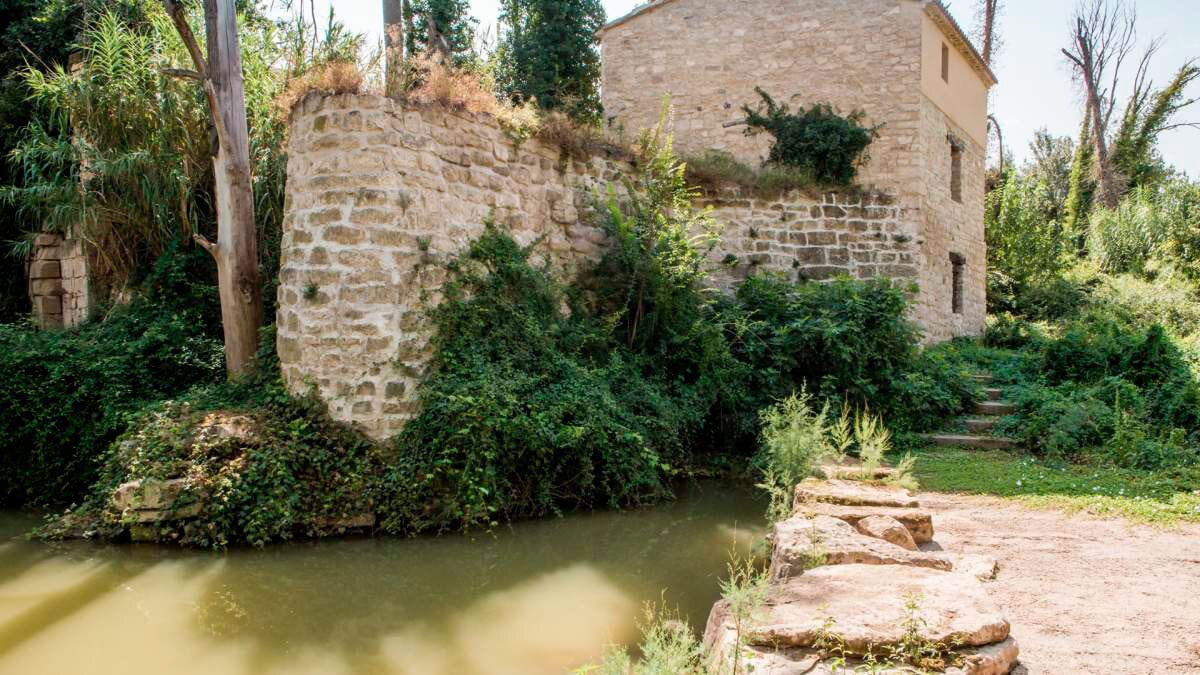
This town is ideal for photography lovers
Arab Castillo and Defensive Heritage
In the upper part of the town are the remains of the castle of Alborge, built in 1165 after the reconquest of the area. Although only some walls of wall and foundations of the Torreón are preserved today, its strategic location allows us to understand the defensive function it had in the Middle Ages. Access is free and free, and comfortable footwear is recommended to climb to the hill.
From the castle there are panoramic views of the Ebro Valley and the cultivation fields surrounding the municipality. The area is marked with interpretive panels that explain the history of the castle and its link with the wheel order. In spring, it is usual to find school excursions or hikers on the route through this point.
ALBORGE CHURCH AND CITY COUNCIL
The Parish Church of San Lorenzo was built at the end of the 17th century and is the main religious building of the municipality. Mix baroque and Renaissance elements, with an austere facade and a unique ship. It opens only during religious celebrations or guided tours concerted through the City Council. Admission is free, although it is recommended to notify in advance if you want to access inside.
In the main square is also the City of Alborge, an 1885 Neomudéjar style building, with a very characteristic brick facade. In the surroundings of the town center, several peins (traditional stone crosses), such as San Antón, that mark old religious routes can also be seen. All this set can be traveled on a pleasant walk of less than an hour.
The Alborge Nevera
One of the most curious elements of Alborge’s heritage is its fridge excavated in the rock, an ice conservation structure built in the seventeenth century. It is located on the outskirts of the town and consists of a circular well excavated in sandstone rock, covered by a stone vault. It served to store pressed snow during the winter, which was then used to keep food.
The visit to the fridge is free and free, and is accessed by a road marked from the entrance road to the town. There are no schedules, but it is recommended to visit it by day and with caution, since it is a deep structure. Its conservation is excellent, and is included in the catalog of ethnological elements of interest of Aragon.
The oil mill and the low Aragon oil
The ancient Alborge Almazara, dated in 1775, is another of the jewels of the town. It is a traditional oil pressing installation that still retains wood presses, mill wheels and decanting deposits. Although it does not work as an active oil mill, it can be visited externally throughout the year, and at some indicated moments (such as the cultural days of August), guided tours are organized.
Alborge continues to cultivate olive trees and is part of the denomination of protected origin oil from the low Aragon, which guarantees the quality of the product. During local parties or regional fairs, it is common to find extra virgin oil produced in the environment, available for direct sale. The oil can be acquired in Cooperatives of nearby villages such as Sastago or Escatron.
How to get to Alborge
From Zaragoza
Alborge is 55 minutes from Zaragoza. From the Aragonese capital, the N-232 direction is taken the Burgo de Ebro, crosses fifth and is accessed by the A-221 Regional Highway to Sástago, and then diversion to Alborge.
From Huesca
To go from Huesca Alborge must first pass through Zaragoza and it takes approximately 1 hour and 30 minutes.
From Teruel
The trip from Teruel to Alborge is approximately 2 hours and 16 minutes and is accessed by the N-420 road.




